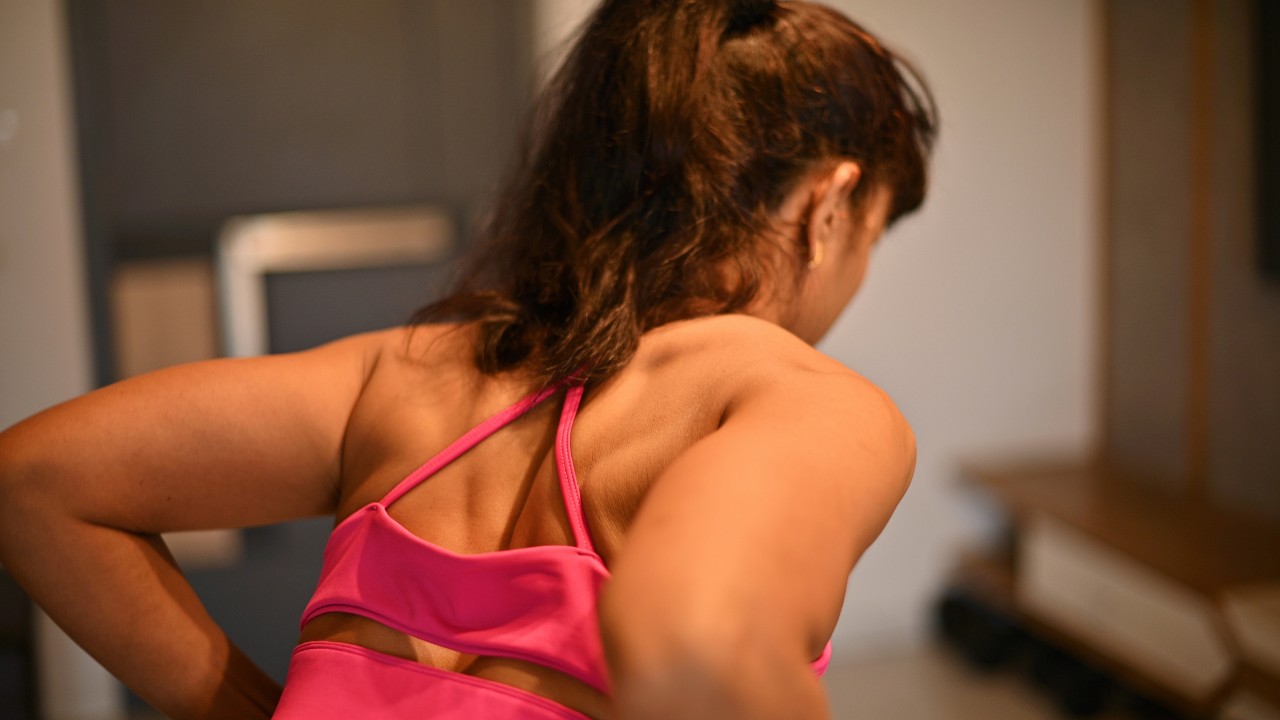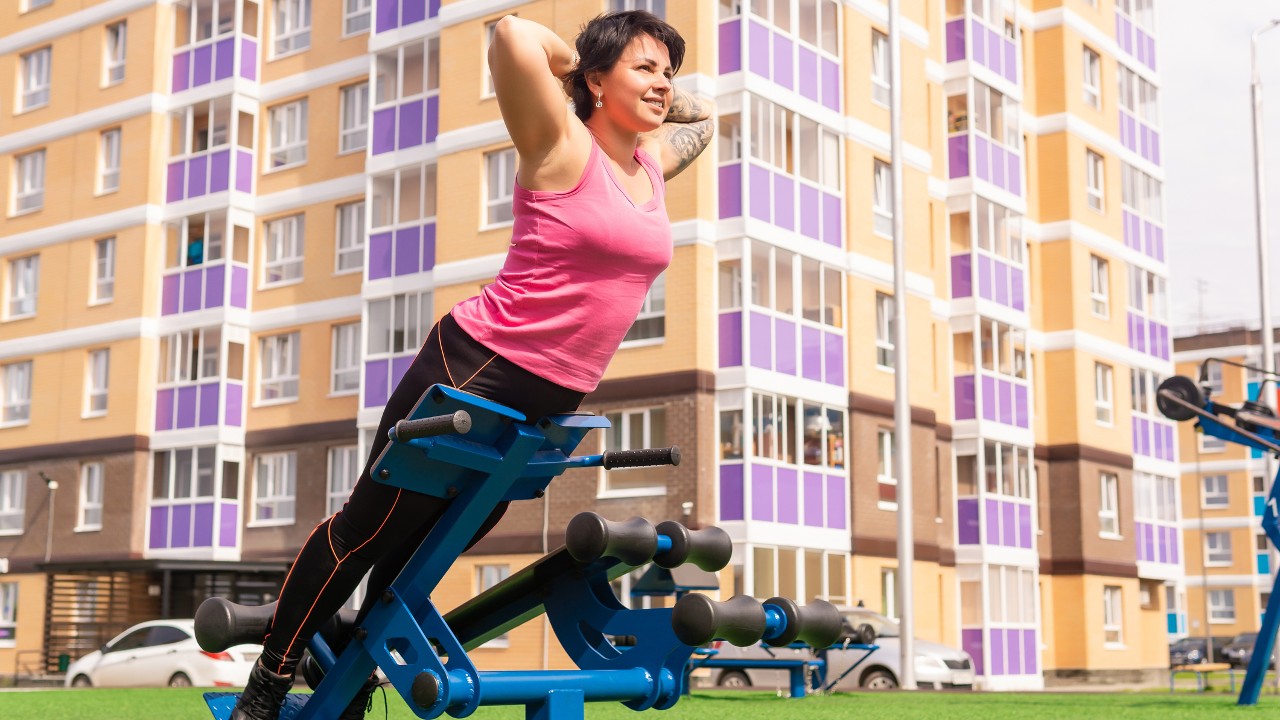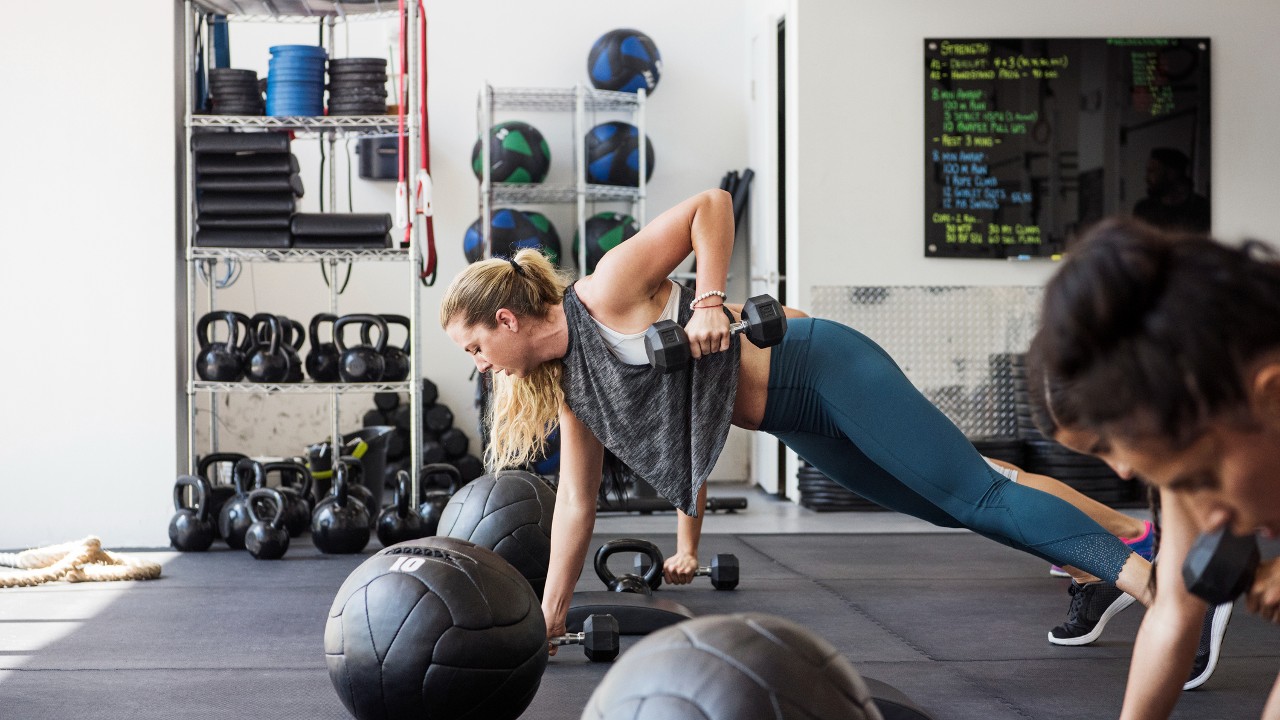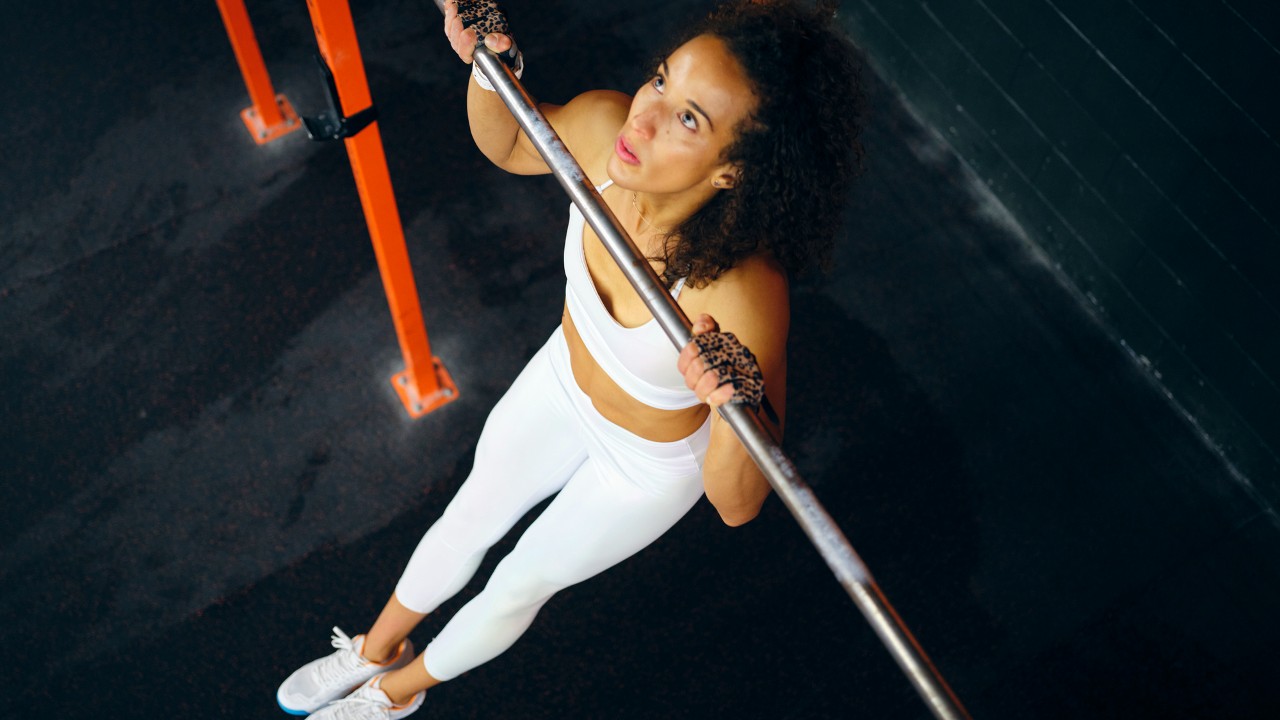Back Workouts For Women: Five Exercises, Three Sessions For All Levels
Train your back muscles with one of these three simple workouts

Are you including back workouts in your schedule? If not, it’s time to mix up your exercise routine and start training your back, pronto!
But why is working out the back muscles so important? For women who are planning on getting pregnant, or who are already pregnant, it can also be useful to train the back muscles to improve posture. The weight of a baby bump can change your centre of gravity, but a strong back can better cope with this and lessen the chances of experiencing back pain.
Training the back is also important for posture generally, and it can counteract some of the damage done when hunched over keyboards or phones. Targeting those back muscles can also help reduce stress and pain in other areas such as the neck and shoulders.
Resistance training is also important for women specifically, strengthening muscles helps boost muscle mass, which in turn helps to improve bone density. As women go through the menopause, a number of hormonal changes occur, which can result in weaker bones, so ensuring muscles are kept strong is pivotal. Plus, more muscle mass can mean a heightened metabolism, meaning more calories are burnt during rest. This can be helpful as women get older, and your metabolism typically slows down.
Your back is made up of several muscles: the rhomboids, which are found in the upper and mid back; the lats, which run down the sides of your back; the traps, which run from the neck to the middle of the back, and then the erector spinae, the muscles that run along the spine.
To suit all comers, we’ve taken five back exercises and created three workouts to suit different levels of experience. If you’re not sure which one will suit you, the best thing to do is test the waters with the beginner back workout.
For these moves, you’ll need a set of dumbbells and a pull-up bar. While a gym will have that equipment readily available, you can set yourself up to work out at home for ever for the price of a month or two’s gym membership. Our buying guides to the best dumbbells and best pull-up bars will help you find the right equipment for you.
Get the Coach Newsletter
Sign up for workout ideas, training advice, reviews of the latest gear and more.
The Exercises
Back extension

You’ll need a secure platform for this. A bench or chair works if you’re at home, or if you’re at a gym use an exercise ball, a weight bench or the back extension machine (pictured above). Lie face down with your stomach resting on the bench and your arms extended in front of you. Press your toes and the balls of your feet into the ground to stabilise your body.
Keeping your lower body still and squeezing your glutes, bend at the waist and raise your upper body. Pause when your upper body is in a straight line with your legs, then lower back to the start.
Dumbbell bent-over row

Stand with your feet shoulder-width apart, holding dumbbells with your palms facing inwards, arms hanging down beside your torso. Hinge at your hips, pushing your hips backwards, maintaining a flat back and a slight bend in your knees, and letting your arms hang. Leading with your elbows, lift the dumbbells until your elbows are bent at 90°. Pause and squeeze your shoulder blades, then slowly lower the dumbbells back to the start.
Renegade row

Another row, but this time you have to hold a plank while rowing dumbbells one at a time.
Start off in a high plank position, holding dumbbells resting on the floor, with your arms extended and your body in a straight line from head to heels. Engage your core and try to maintain your plank form throughout. Leading with your elbow, lift one dumbbell to your chest. Slowly lower the dumbbell back to the floor, then repeat on the opposite side. Alternate sides with each rep.
Dumbbell reverse flye
Stand with your feet shoulder-width apart, holding dumbbells by your sides with your palms facing. Hinge at your hips and lean forwards until your torso is close to parallel to the floor, letting your arms hang. Engage your core, then lift the dumbbells out and to the sides. Squeeze your shoulder blades, then slowly lower the dumbbells back to the start.
Pull-up

Hold the pull-up bar in an overhand grip with your hands just wider than shoulder-width apart. Engage your core and pull your body up until your chin comes just above the bar. Lower under control.
Pull-ups are hard, so if you’re struggling, aim to pull yourself up as far as you can, and use our pull-up workout plan for beginners to develop the strength to knock out a set with ease.
The Workouts
Beginner Back Workout
To start, do just four moves (bye-bye pull-ups). Do 10 reps of each exercise, resting for 45 seconds after each set of reps, then moving on to the next exercise. Repeat the whole thing two more times.
The moves are:
- Back extension
- Double dumbbell row
- Dumbbell renegade row
- Dumbbell reverse flye
Intermediate Back Workout
This time, do all five moves but perform them as straight sets, doing three sets of 12 reps, with a 25-second rest between sets and one minute’s rest between exercises. That means you do 12 reps of the first exercise, rest for 25 seconds, then repeat that sequence of the same exercise two more times. Rest for one minute, then do the same for the second exercise and so on.
Advanced Back Workout
The toughest workout uses the same straight sets format as the intermediate workout and even drops the reps from 12 to 10. However this time, pause in the middle of each rep for two seconds to keep your back muscles under tension for longer. Between sets, rest for 30 seconds and between exercises, take one minute to recover.

Lucy is an experienced health and fitness journalist, and was formerly health editor for TI Media’s portfolio of women’s titles. Lucy qualified as a level 3 personal trainer with Train Fitness in 2016, and also holds qualifications in pre- and post-natal fitness, as well as in nutrition for exercise.
